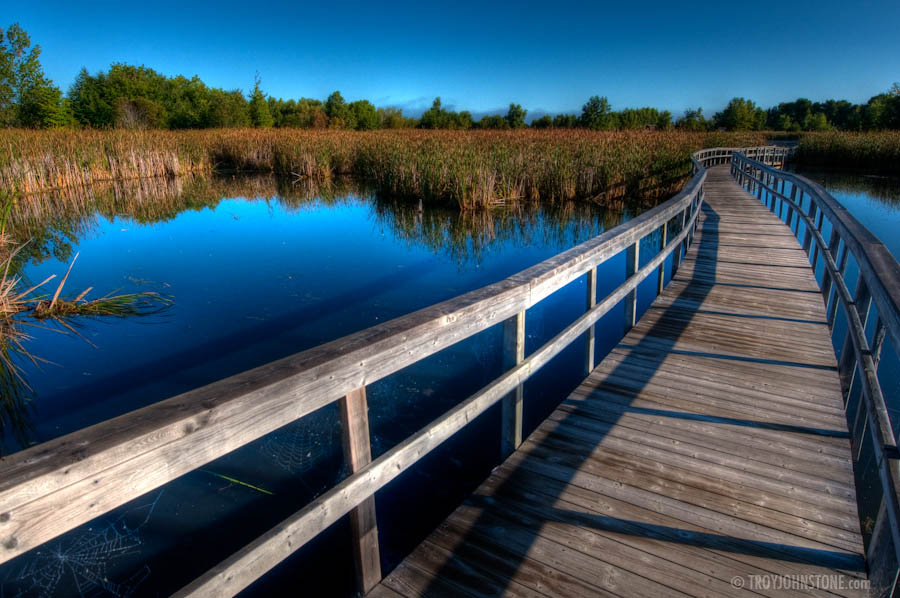Sunday, January 27, 2013
Finding Geese Collars
I searched all over the Arcata Bottoms to find some geese collars. Unfortunately when I arrived, a red van had just pulled away and I assume they scared all the geese away, for they were walking far out of my vista point. Although I was sad that I was not going to recieve any numbers, a flock of geese flew overhead making beautiful noises and all I could think is I would get them next time. For now, this is good enough.
First Observation of Project
After strolling around the Arcata Marsh and Wildlife Sanctuary today, I noticed that there were not too many waterfowl present, even less than the last time I came. The Green-winged Teal that were present a couple of days before had nearly vanished. So, maybe my study plan was not going to work out as well as I planned. So, I devised a new one with the two most highly populus ducks at the Arcata Marsh right now, the Ruddy Duck and the Bufflehead. My design was basically going to be the same, I was going to obtain activity budgets of these two ducks and see which diving duck forages more, sleeps more, is more aggressive and so on. It was a successful first day, windy, but thankfully the sun was out and there was no need for a rain jacket.
 |
| Data Collection |
 |
| Ruddy Ducks snoozing |
 |
| Scaups with their rumps in the air |
Labels:
Element 6: Local
Pilot Study
 |
| Ruddy Duck sleeping |
 |
| Female Bufflehead |
Tuesday, January 22, 2013
Trends
As stated in my introduction, I chose 24 of my favorite waterfowl on this section, and here I will talk about the trends that I viewed with these different waterfowl.
 Feeding: Some of the obvious ones that I noticed was the differences in foraging techniques. There are two main categories for ducks: dabbling and diving. The type of duck they are is illustrated in this name that we have given them. But also, there are trends within other parts of the waterfowl community. Such as geese, usually being grazers and swans are typically dabblers.
Feeding: Some of the obvious ones that I noticed was the differences in foraging techniques. There are two main categories for ducks: dabbling and diving. The type of duck they are is illustrated in this name that we have given them. But also, there are trends within other parts of the waterfowl community. Such as geese, usually being grazers and swans are typically dabblers.
Reproduction: A trend was seen in the age of first breeding. Most geese, swans, and "younger" ducks (in the scale of evolutionary time) began their reproduction around the age of 2 years. Whereas the "older" ducks in the evolutionary scale of time tended to begin breeding as yearlings. The sexually dimorphic duck family was monogamous for shorter periods of times than the sexually monomorphic geese and swans.
Migration: Many of these waterfowl (the migratory ones at least) migrate in coordination with the weather but in different fashions. Animals living in Africa tend to migrate with the rain. Animals living in the northern hemisphere tend to migrate with the changing daylight and temperature.
Endangered species: Endangered species live on isolated lands such as New Zealand for the Blue Duck and the Hawaiian islands in the Nene.
The significance of these trends or if they are even true trends is uncertain as far as I am concerned. However, from the survey I conducted on my selection of 24 waterfowl, these are patterns that were most evident.
 Feeding: Some of the obvious ones that I noticed was the differences in foraging techniques. There are two main categories for ducks: dabbling and diving. The type of duck they are is illustrated in this name that we have given them. But also, there are trends within other parts of the waterfowl community. Such as geese, usually being grazers and swans are typically dabblers.
Feeding: Some of the obvious ones that I noticed was the differences in foraging techniques. There are two main categories for ducks: dabbling and diving. The type of duck they are is illustrated in this name that we have given them. But also, there are trends within other parts of the waterfowl community. Such as geese, usually being grazers and swans are typically dabblers.Reproduction: A trend was seen in the age of first breeding. Most geese, swans, and "younger" ducks (in the scale of evolutionary time) began their reproduction around the age of 2 years. Whereas the "older" ducks in the evolutionary scale of time tended to begin breeding as yearlings. The sexually dimorphic duck family was monogamous for shorter periods of times than the sexually monomorphic geese and swans.
Migration: Many of these waterfowl (the migratory ones at least) migrate in coordination with the weather but in different fashions. Animals living in Africa tend to migrate with the rain. Animals living in the northern hemisphere tend to migrate with the changing daylight and temperature.
Endangered species: Endangered species live on isolated lands such as New Zealand for the Blue Duck and the Hawaiian islands in the Nene.
The significance of these trends or if they are even true trends is uncertain as far as I am concerned. However, from the survey I conducted on my selection of 24 waterfowl, these are patterns that were most evident.
Subscribe to:
Comments (Atom)
